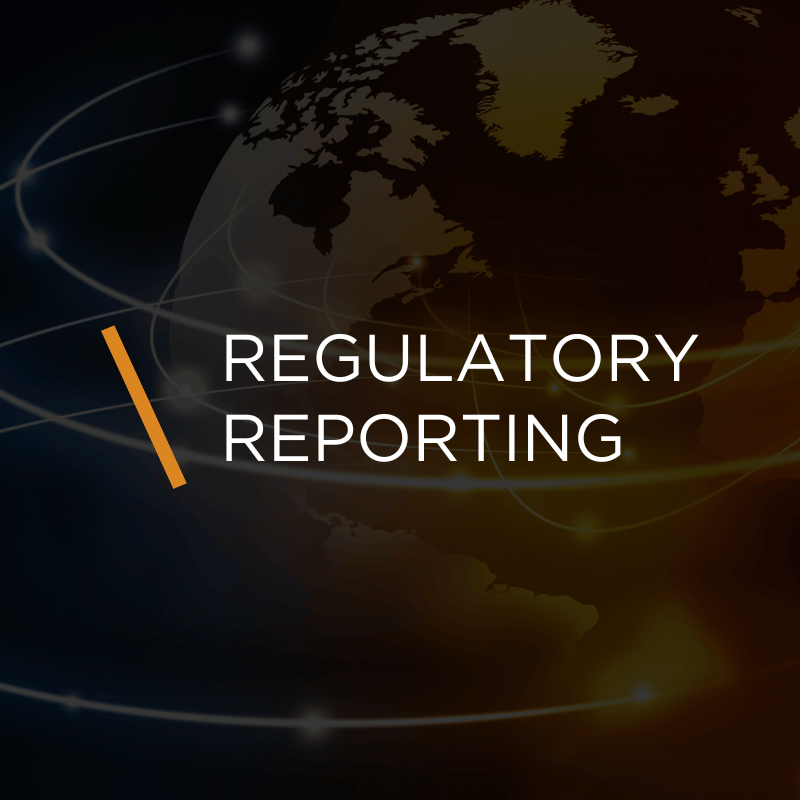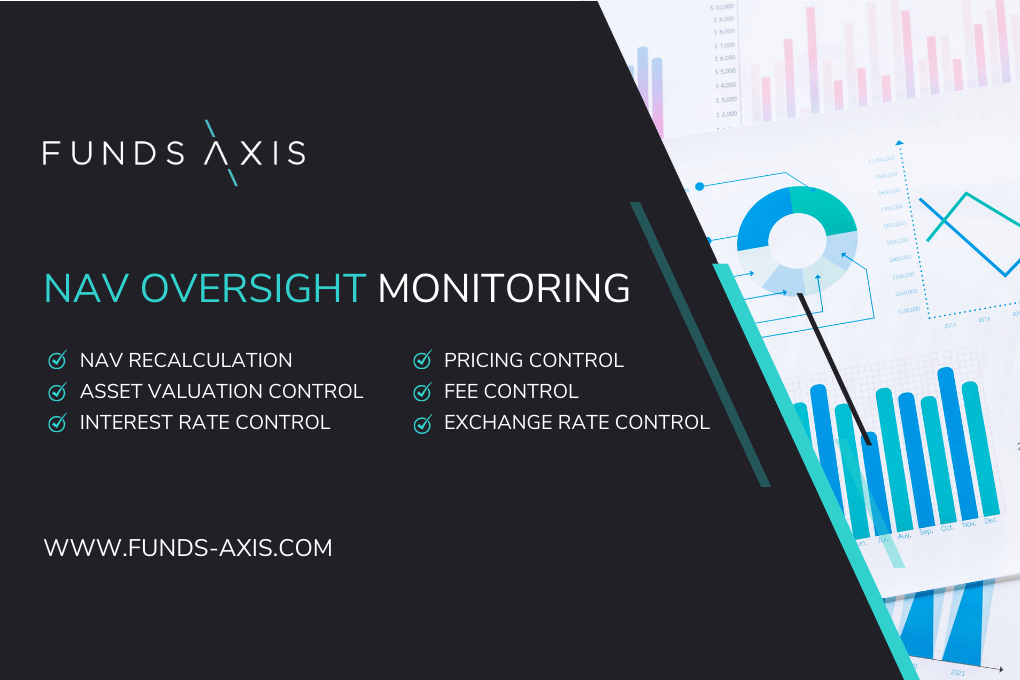February saw a number of developments on a range of areas, including:
- SFDR;
- Potential money market fund reforms in the US;
- The new UK short selling threshold entering into force;
- The PRIIPs RTS being submitted to the European Commission; and
- Revisions to the CSSF notification form for NAV calculation errors.
See below this month’s regulatory round-up of some of the most interesting regulatory developments we tracked throughout February.
On 1st February, ESMA published the Final Report on its Technical Advice regarding supervisory fees for benchmarks administrators under the BMR. The aim of the Final Report is to advise the European Commission (EC) on fees to be paid by benchmark administrators that will be supervised by ESMA starting in January 2022.
The four main fee categories are:
- One-off recognition fees to be paid by third country administrators applying for recognition;
- One-off authorisation fees to be paid by critical benchmark administrators applying for authorisation;
- Annual supervisory fees to be paid by third country administrators; and
- Annual supervisory fees to be paid by critical benchmark administrators.
On 3rd February 2021, ESMA sent a letter to the European Commission regarding the review of the European Long Term Investment Funds (ELTIF) Regulation.
In the letter, ESMA proposes amendments in the following areas:
- Eligible assets and investments;
- Authorisation process;
- Portfolio composition and diversification;
- Redemptions; and
- Prospectus and cost disclosure.
On 3rd February 2021, the European Supervisory Authorities (ESAs) submitted to the European Commission draft Regulatory Technical Standards (RTS) on amendments to the key information document for packaged retail and insurance-based investment products (PRIIPs).
In summary, there are no content changes to the draft RTS which was published in June 2020. The RTS will now be submitted to the Commission for formal adoption, and thereafter to the European Parliament and Council.
As things currently stand, the UCITS grandfathering exemption, that granted an extended exemption period for UCITS to produce and issue a UCITS KIID in lieu of a PRIIPs KID will come to an end on 31st December 2021. The fund industry is currently lobbying for the UCITS exemption to be extended for a further 12 months.
Additionally, amendments to the UCITS Directive is also expected to avoid a situation where a PRIIPs KIDs and a UCITS KIID coexist. However, this is yet to be confirmed.
On 4th February 2021, the Joint Committee of the three European Supervisory Authorities delivered to the European Commission (EC) the Final Report, including the draft Regulatory Technical Standards (RTS), on the content, methodologies and presentation of disclosures under the EU Regulation on sustainability-related disclosures in the financial services sector (SFDR).
ESMA has published a final report on implementing technical standards (ITS) under the Regulation on cross-border distribution of funds.
The final report and draft ITS largely reflect the original consultation proposals, focused on the information to be published on NCAs websites regarding the national rules governing marketing requirements for funds, and the regulatory fees and charges levied by NCAs in relation to fund managers’ cross-border activities.
The draft ITS also include provisions on the communication of information by NCAs to ESMA for the purpose of developing and maintaining a central database listing UCITS and AIFs marketed cross-border on ESMA’s website.
ESMA is launching a common supervisory action on the application of MiFID II product governance rules. The CSA will help in the analysis of:
- How manufacturers ensure that financial products’ costs and charges are compatible with the needs, objectives and characteristics of their target market and do not undermine the financial instrument’s return expectations;
- How manufacturers and distributors identify and periodically review the target market and distribution strategy of financial products; and
- What information is exchanged between manufacturers and distributors and how frequently this is done.
The CSA will be conducted during 2021.
On 10th February 2021, ESMA published the Guidelines compliance table on performance fees in UCITS and certain types of AIFs.
The majority of jurisdictions comply or intend to comply with the guidelines.
Click here to view the competent authorities that do not comply with ESMA’s Guidelines on performance fees in UCITS and certain types of AIFs.
EMT V3.1 has been endorsed by the FinDatEx Steering Group. This is an interim version of the EMT to facilitate compliance with SFDR Level 1 requirements as of 10 March 2021. EMT V3.1 and V3.0 coexist and cannot be merged. In comparison to V3.0, data field 56 has been updated and data fields 95-98 added.
Click here for EMT V3.1.
The European Commission has published the Implementing Regulation 2021/178 that lays down technical information for the calculation of technical provisions and basic own funds. This technical information is relevant for reporting with reference dates from December 31, 2020 to March 31, 2021, in accordance with the Solvency II Directive. The regulation shall enter into force on the day following that of its publication in the Official Journal of the European Union.
On the 18th February 2021, the CSSF revised the mandatory notification form 02/77 for the submission to the CSSF of notifications on NAV calculation errors and non-compliances with the investment rules.
The changes brought to the form include:
- The introduction of additional drop-down menus (e.g. categorization of investment breaches);
- The removal of some data fields (e.g. share class specific information)
- The addition of some data fields (notably on corrective measures implemented at the level of the fund for avoiding the reoccurrence of similar incidents in the future)
Click here for the revised notification form 02/77.
On 23rd February 2021, the Commission de Surveillance du Secteur Financier (CSSF) announced that the request for approval of a new sub-fund under an existing fund structure must be transmitted via one single new questionnaire.
The new questionnaire replaces the following four application questionnaires:
- Application questionnaire for additional sub-fund(s)
- Specific Investment Policy Questionnaire for additional sub-funds of an existing UCITS
- UCI/Part II/SIF Specific Sub-Fund Investment Policy Questionnaire
- Specific Investment Policy Questionnaire for additional sub-funds of an existing SIF or UCI Part II
The new questionnaire includes additional information in relation to:
- Benchmarks Regulation (BMR)
- European Market Infrastructure Regulation (EMIR)
- Sustainability Financial Disclosure Directive (SFDR)
While this new questionnaire is introduced with immediate effect, filings using the former questionnaires will be accepted until 12 March 2021.
The Central Bank of Ireland (CBI) has published 37th edition of its AIFMD Questions and Answers document. The new Q&A addresses questions relating to authorisation of Depositaries of Assets other than Financial Instruments (DAoFI) and the scope of the defined term “issuing body” as contained in the AIF Rulebook.
The Central Bank has published the Feedback Statement to Consultation Paper 132. The Central Bank’s CP132 sets out draft proposed guidance on the establishment of share classes of closed-ended QIAIFs.
The Central Bank has also published Guidance on share class features of closed ended QIAIFs.
On 26th February 2021, Finansinspektionen (FI) updated the holdings reporting for mutual funds and special funds.
The reporting of fund holdings has so far included a number of voluntary data marked with an asterisk (*). The information that has now become mandatory to enter is:
- The fund’s management fees
- The fund’s performance-based fees (percentage of withdrawals and return threshold)
- The type of fund managed (see instructions on how to report this properly)
- Which benchmark index the fund uses
- The fund’s active risk (tracking error)
- The fund’s placement in an account with a credit institution
- The fund’s counterparty exposure to OTC derivatives
- The fund’s exposure to corporate group
- Standard deviations for special funds (previously mandatory for mutual funds).
On 4th February 2021, the SEC published a request for public comment on potential reform measures to improve the resilience of money market funds as highlighted in a report of the President’s Working Group on Financial Markets issued in December 2020.
The potential reforms include:
- Removal of the tie between MMF liquidity and fee and gate thresholds
- Reform of conditions for imposing redemption gates
- Minimum balance at risk
- Money Market Fund liquidity management changes
- Countercyclical Weekly Liquid Asset requirements
- Floating NAVs for all Prime and Tax-Exempt Money Market Funds
- Swing Pricing requirement
- Capital Buffer requirements,
- Requiring liquidity exchange bank membership, and
- Rules governing sponsor support
The Capital Markets Modernization Taskforce has submitted its final report to the Minister of Finance. The final report includes 74 policy recommendations.
The recommendations include:
- Improving regulatory structure to enhance governance
- Improving competitiveness through regulatory measures
- Ensuring a level playing field between large and small market players
- Improving the proxy system, corporate governance and the process of mergers and acquisitions
- Fostering innovation
- Modernizing enforcement and enhancing investor protection
Amongst the recommendations are decreasing the ownership threshold for early-warning reporting disclosure from 10 to 5 per cent for non-passive investors.
The Financial Conduct Authority (FCA) has announced that the new major shareholdings notification portal will be live on Monday 22 March 2021.
From 22nd March 2021, all TR-1 notifications in relation to shares in a UK issuer admitted to trading on a regulated market, should be submitted to the FCA via the FCA’s Electronic Submission System – major shareholdings notification porta.
On the 1st February 2021, the Short Selling (Notification Thresholds) Regulations 2021 took effect.
The regulation amended the initial notification threshold under Article 5 of the SSR from 0.2% to 0.1%.
On 25th February 2021, the Depository Trust & Clearing Corporation (DTCC) published a white paper outlining a two-year industry roadmap for shortening the settlement cycle for U.S. equities to one business day after the trade is executed (T+1).
This development will particularly impact those conducted their annual UCITS eligible market due diligence requirements, and assessing if the market is sufficiently regulated, operating regulatory, and open to the public.
Request Product Demonstration
Error: Contact form not found.

















